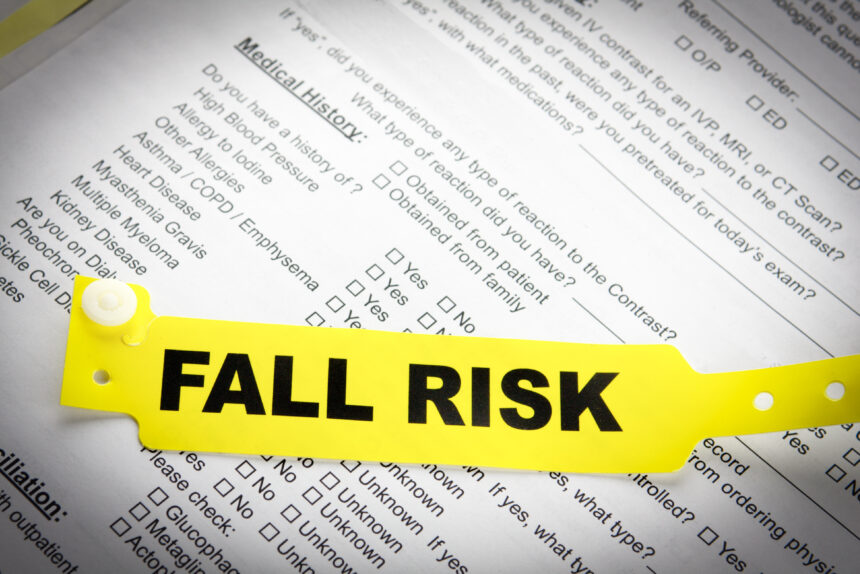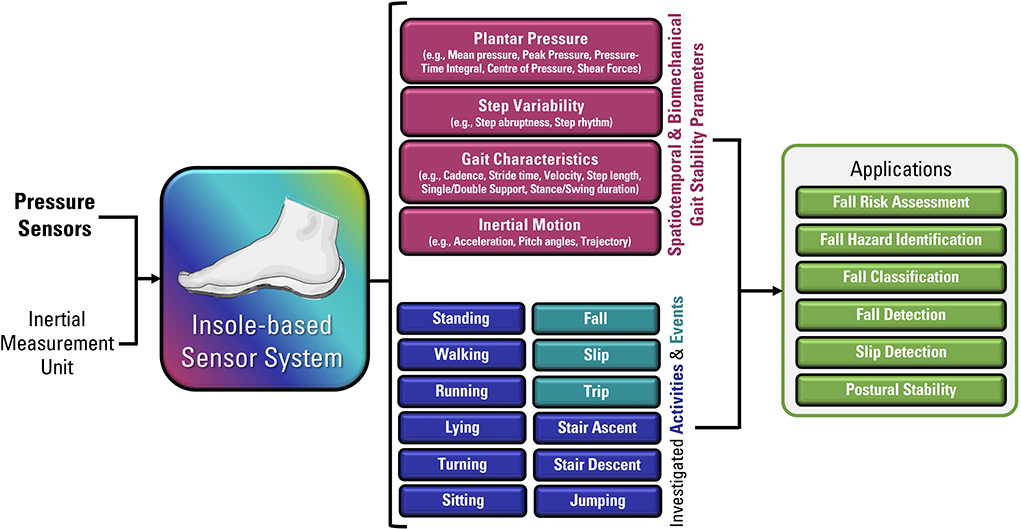Dementia Fall Risk - Questions
All about Dementia Fall Risk
Table of ContentsHow Dementia Fall Risk can Save You Time, Stress, and Money.Excitement About Dementia Fall RiskThe 5-Minute Rule for Dementia Fall RiskThe Only Guide for Dementia Fall RiskSome Of Dementia Fall Risk
Nevertheless, based on symptoms and signs, such as evidence of head injury or a new focal neurologic deficit, calculated tomography or MRI of the brain may be indicated - Dementia Fall Risk. An evaluation for root causes of syncope should be performed only if there is solid suspicion, as when it comes to recurrent, unusual drops
Healthcare companies make use of a loss risk assessment to identify your threat aspects for dropping and make handy suggestions. An autumn danger evaluation is vital since understanding which aspects increase your chances of dropping aids you: Decrease your risk of dropping or harming on your own.
All adults 65 years and older should have an initial autumn risk testing. Have actually fallen in the previous year. Worry about falling.
Not known Facts About Dementia Fall Risk

Explore this thorough nursing treatment plan and management overview to successfully protect against risk for drops among individuals. Acquire essential understanding regarding the nursing evaluation, nursing medical diagnosis, and goals particularly customized to patients who go to risk for drops. A is specified as an occasion that results in an individual coming to rest accidentally on the ground or floor or other reduced level (WHO, 2021).
According to the Centers for Disease Control and Avoidance (CDC),, triggering over 34,000 fatalities for that age team. Falling is the second leading reason of death from unintentional injuries worldwide. Death from falls is a significant and native issue amongst older people. It is estimated that loss fatality prices in the united state

Each year, over 800,000 patients are hospitalized because of drops. Nurses play a significant duty in protecting against falls for their patients via education, evaluating autumn danger, developing much safer environments, and giving treatments in stopping injuries from falls.
Individual will certainly show discerning avoidance steps. Client and caretakers will implement techniques to enhance safety and security and prevent falls in the home. Autumns are due to a number of aspects, and an alternative strategy to the individual and atmosphere is very important. Intend an individual is considered at high risk for drops after the testing.
Dementia Fall Risk Fundamentals Explained
A requires using a verified device that researchers have analyzed to be valuable in naming the root causes of falls in a person. As an individual's health and circumstances change, reassessment is called for. The degree of fall risk can be determined making use of the evaluation of inherent and extrinsic aspects. Criterion evaluation devices can likewise be used (discussed below).
Individuals are extra likely to drop again if they have actually sustained one or even more falls in the past six months. The older populace is at enhanced threat of fall-related readmissions based on a research study identifying the factors predictive of repeat drops connected end results (Prabhakaran et al., 2020).
The capacity of people to safeguard themselves from falls is impacted by such factors as age and advancement. Older people with weak muscle mass are a lot more likely to drop than Click Here those who maintain muscular tissue toughness, adaptability, and endurance.
What Does Dementia Fall Risk Do?
Less comparison level of sensitivity was fairly connected with both increased prices of drops and various other injuries, while lowered aesthetic skill was my response just connected with boosted autumn rate (Wood et al., 2011). Sensory perception of environmental stimuli is paramount to safety and security. Vision and listening to disability limit the patient's capacity to regard dangers in the environments.
Older adults who have inadequate equilibrium or problem walking are most likely to fall. These troubles may be related to lack of exercise or a neurological cause, arthritis, or other medical problems and therapies. An essential risk variable highlighted in a research study is that grownups with rheumatoid joint inflammation go to high danger of drops, including inflamed and tender lower extremity joints, fatigue, and use psychotropic medicines (Stanmore et al., 2013).